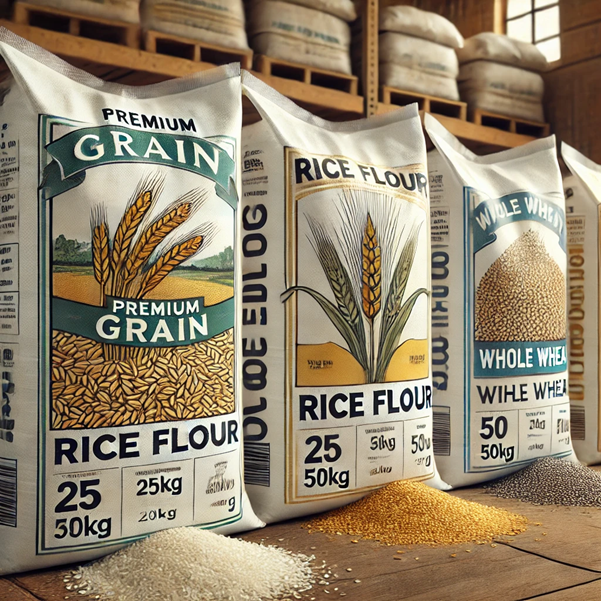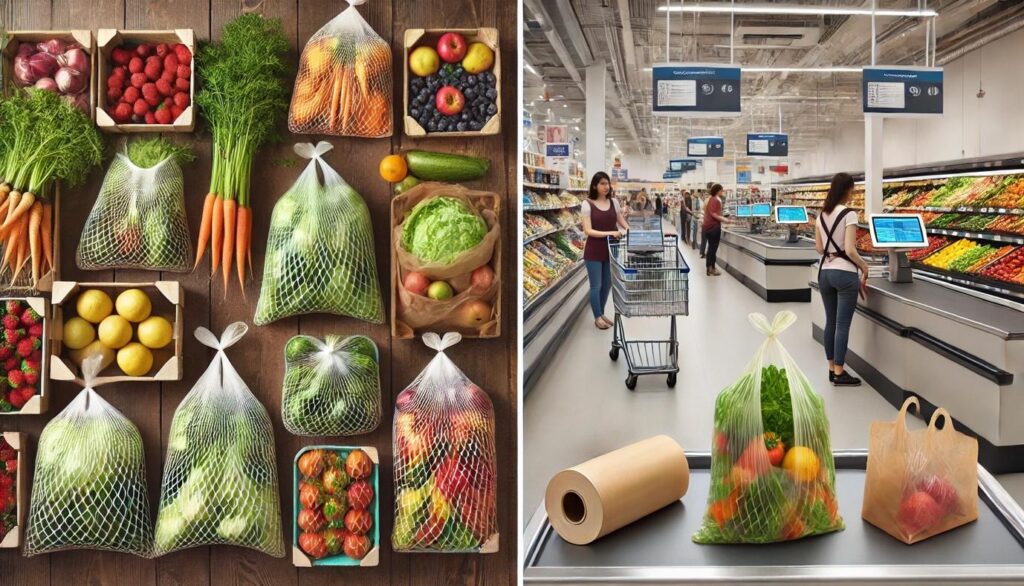
When it comes to storing and transporting grain and feed, choosing the right material and size for your custom bags is essential to ensure quality, durability, and efficiency. Agriculture bags are critical for protecting valuable resources from environmental factors, pests, and handling damage. With a variety of materials and sizes available, making the right selection can save farmers and businesses time and money while preserving the quality of their products. Here’s what to consider when choosing the best material and size for your custom grain and feed bags.
Choosing the Right Material
The material of your custom grain and feed bags plays a pivotal role in maintaining product quality and ensuring durability. Below are the most common materials used:
- Polypropylene Woven Bags: These are among the most popular options for grain and feed storage. Polypropylene is strong, durable, and lightweight, making it ideal for bulk storage. It provides excellent protection against tearing, punctures, and harsh weather conditions. For added security, laminated polypropylene can offer moisture resistance.
- Polyethylene Bags: These bags are perfect for smaller quantities of grain or feed and offer exceptional moisture resistance. They’re commonly used for packaging smaller feed portions or specialty grains.
- Jute Bags: For businesses seeking eco-friendly options, jute bags are biodegradable and reusable. They provide good ventilation, making them suitable for grains that need to breathe, such as coffee beans or certain types of seeds.
- Paper Bags with Plastic Liners: These bags combine the benefits of both materials. The outer paper layer provides structure and branding opportunities, while the inner plastic liner protects against moisture. They’re often used for premium or specialty feeds.
Choosing the right material depends on factors like the type of grain or feed, storage conditions, and whether moisture resistance or ventilation is more critical.
Selecting the Right Size
The size of your grain and feed bags should match the volume of your products and your handling capabilities:
- Small Bags (5–25 kg): Ideal for retail or smaller portions, such as specialty animal feeds or seed packets. These bags are easy to transport and sell in smaller quantities.
- Medium Bags (25–50 kg): Commonly used on farms, these bags balance storage capacity with ease of handling. They’re suitable for bulk feed or grain meant for mid-sized operations.
- Bulk Bags (500–2,000 kg): For large-scale farming or industrial use, bulk bags (also called FIBCs) are the most efficient option. They can hold massive quantities of grain or feed and are designed for forklift or crane handling.
Selecting the right size ensures that you optimize storage space, minimize waste, and improve efficiency in transport and handling.
Conclusion
Choosing the right material and size for custom grain and feed bags is essential for protecting your products and optimizing storage and transport. Durable materials like polypropylene or polyethylene provide strength and protection, while eco-friendly options like jute cater to sustainability needs. Selecting the appropriate size ensures efficiency and ease of handling, whether you’re storing small portions for retail or bulk quantities for industrial use.
Investing in the right custom bags tailored to your needs ensures the long-term quality of your grain and feed, protecting your investment and supporting your business’s success.

